Do You Believe Now?
How Birds Turned Skeptics Into Believers Over Past 6 Weeks
Though they aren’t always aesthetically pleasing, the Eagles have done a great deal of winning this season, victorious in eight of their first 10 games.
The team managed to band together to withstand early season turbulence, established an identity on both sides, and coaxed production from a slew of unlikely contributors.
Moreover, the connection throughout is palpable, reminiscent of some of the special Eagles teams in past seasons.
Much has been learned about the makeup of this year’s edition, but here are my five most prominent takeaways.

GETTY IMAGES: The Eagles offense is running through free-agent prize RB Saquon Barkley, who’s exceeding expectations.
Saquon, the offensive engine
Expectations were understandably high for Barkley after he signed a three-year, $37.5 million deal to be the missing link to a dynamic Eagles offense. Rescued away from a Giants franchise that can never seem to get out of its own way, and now running behind one of the NFL’s best offensive lines, Barkley’s impactful campaign stage was always set. Injuries and mileage were just a couple of the reasons that Barkley’s signing was met with skepticism. There was also the usage concern, given the team’s philosophical pass-first approach, on an offense that ran through wide receivers A.J. Brown and DeVonta Smith.
Barkley, however, wasted little time earning his keep, rolling up three touchdowns and 132 all-purpose in the season opener against the Packers in Brazil. And when the offense has struggled to establish much of a rhythm, Barkley has been there to provide the knockout punch, showcasing explosiveness, contact balance and the will to finish runs. Barkley has 197 carries, 1,137 rushing yards and eight touchdowns, along with another 210 yards and two touchdowns as a receiver. He has served as the offensive engine. The Eagles wouldn’t be 8-2 without his efforts.
Offensive Identity
While it likely wasn’t the way the Eagles drew it up before the season, their offensive organically established an identity similar to the 2021 team that morphed into a run-first offense. Rather than have the offense run through quarterback Jalen Hurts and the high-octane aerial attack, the team has shifted its approach, leaning on Barkley’s heavy lifting.
The truth is that the passing game has largely lacked rhythm, even looking turbulent at times, producing far too many stalled drives and sluggish starts. Much of Hurts’ early season woes centered on turnovers, but even when protecting the ball, Hurts has instances in which he’ll appear to drop his eyes in the face of pressure or overlook an open receiver.
Getting Barkley going early has enabled the offensive line to impose its will and wear down teams while also sustaining drives and keeping the offense on schedule. Perhaps most importantly, though, the run game lightens the burden on Hurts, eliminating the urge to play hero ball or feel pressured to try to open things up early with his arm.
As a result, Hurts has evolved. He appears to have found his groove, playing freely and allowing the game to come to him while taking what defenses give.
There will come a time, perhaps soon, when teams will sell out to stop Barkley, and the Eagles will be forced to pivot into an aerial attack. I believe talent typically prevails and that Hurts’ altered approach affords him a different perspective when that time comes. But Hurts, as he’s done many times, must answer the bell.
Patience, Please
Going into the season, expectations were elevated – specifically for a juggernaut offense that added additional firepower in Barkley. For many, it was a foregone conclusion that the offense, presided over by new offensive coordinator Kellen Moore, would hit the ground running. To suggest otherwise was met with outrage.
But what often wasn’t taken into account when discussing the offense was the newness in key areas. For one, Moore’s offense is rather intricate and a drastic departure to last season’s offense. That means that Hurts, in particular, needed time to process everything being thrown at him.
But more than just that, Hurts has had seven different offensive coordinators in eight years. Every year, he’s had to learn and scrap different elements, which also likely include mechanics and preferences. It took time for Hurts to learn Moore, but also for Moore to learn Hurts, and what makes Hurts tick. What does Hurts execute best? How can he accentuate what his strengths? What are his likes and dislikes and offensive vision?
The offense also had to adapt to life without Jason Kelce, which thrust Cam Jurgens — a right guard last season — into his natural position at center. Same for veteran Mekhi Becton, a tackle by trade, who kicked inside to fill the void at right guard. With so many moving parts — primarily for Hurts, the man at the control — it typically leads to overthinking. Over two months into the Moore-Hurts partnership, you’re now seeing the vision come into focus.

GETTY IMAGE: The play of rookie NB Cooper DeJean has sparked a defensive turnaround since the start of Week 5.
Player Development
A common – and unfair – sentiment I saw expressed often during the offseason were definitive conclusions made about some of the younger players. Some were written off, others were already predetermined that they would never be starting-caliber players. Some were deemed draft day reaches or even misses.
But now, looking back, it’s easy to see why that line of thinking was flawed.
The defense is full of examples, whether it’s defensive ends/outside linebackers coach Jeremiah Washburn refining the skill sets of second-year pro Nolan Smith or rookie Jalyx Hunt; linebackers coach Bobby King presiding over what’s suddenly become one of the better linebacker tandems in the league; pass game coordinator/defensive backs coach Christian Parker and cornerbacks coach Roy Anderson working with rookies Quinyon Mitchell and Cooper DeJean; or safeties coach Joe Kasper honing the skills of Reed Blankenship.
The list of players who have taken major steps forward is long. Veteran cornerback Isaiah Rodgers is another who has always been ready when called upon.
On offense? Run game coordinator/offensive line coach Jeff Stoutland has done an exceptional job working with and preparing linemen like Fred Johnson and Tyler Steen when pressed into service. He’s also had a hand in crafting Becton into a starting right guard. Tight ends coach Jason Michael also deserves a mention, as Grant Calcaterra has quietly grown into a capable No. 2 tight end, elevating his play and expanding his skill set when starter Dallas Goedert was sidelined.
The point is that context is required whenever assessing a player’s outlook. It takes the right coach and some time to maximize a player’s ability. Whereas last season showcased plenty of regression — which spawned some doubt going into 2024 — the collective effort from the coaching staff, players, leadership and culture has led to the emergence of several key contributors.

GETTY IMAGES: Despite the criticism, Eagles HC Nick Sirianni remains one of the league’s most winning active head coaches.
Nick Sirianni In Command
The questions loomed throughout the spring and summer. Is Sirianni’s new CEO role sustainable? Does he have much of a pulse on the team? Can he make it work with Hurts?
Those were many of the questions that carried throughout the summer and bled into the early part of the season. Sirianni’s grip was especially tested coming out of the team’s Week 6 win over the Browns, a game in which he was seen jawing with fans postgame. Rather than the weekly conversation consisting of a gritty Eagles win, the talk – much of it national – was fixated on the postgame antics.
Going into the Giants game the following week, it would have been easy to allow pessimism and doubt creep in and detract from preparation.
Instead, however, the Eagles played inspired football, trouncing the Giants, 28-3. The next week they took it to the Cincinnati Bengals, winning big in a city where they’ve before won in franchise history.
The team has Sirianni’s back, just like he’s had theirs. There was no spiral that ensured. Sirianni and Hurts both talked about spending much of the bye week engaging in productive conversations. Sirianni has also proven to be receptive to suggestions.
And if further evidence was needed to illustrate how much the team has adopted Sirianni’s connection piece — Sirianni’s ability to relate is a prominent characteristic — just look at how the team celebrates after big plays, or how communicative they are on the field. They’re not only winning, but they’re having fun, which stems from the culture set by Sirianni.
– Andrew DiCecco (@AndrewDiCecco) is a Staff Reporter/Content Producer for InsideTheBirds.com.
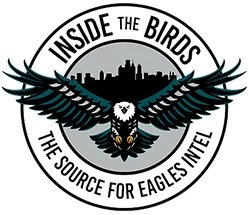
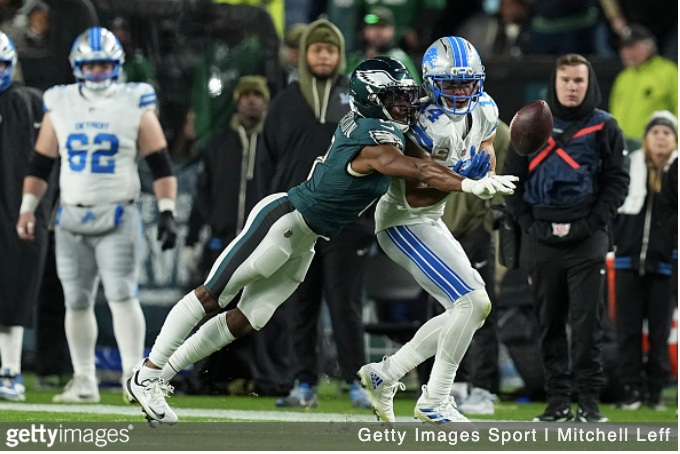
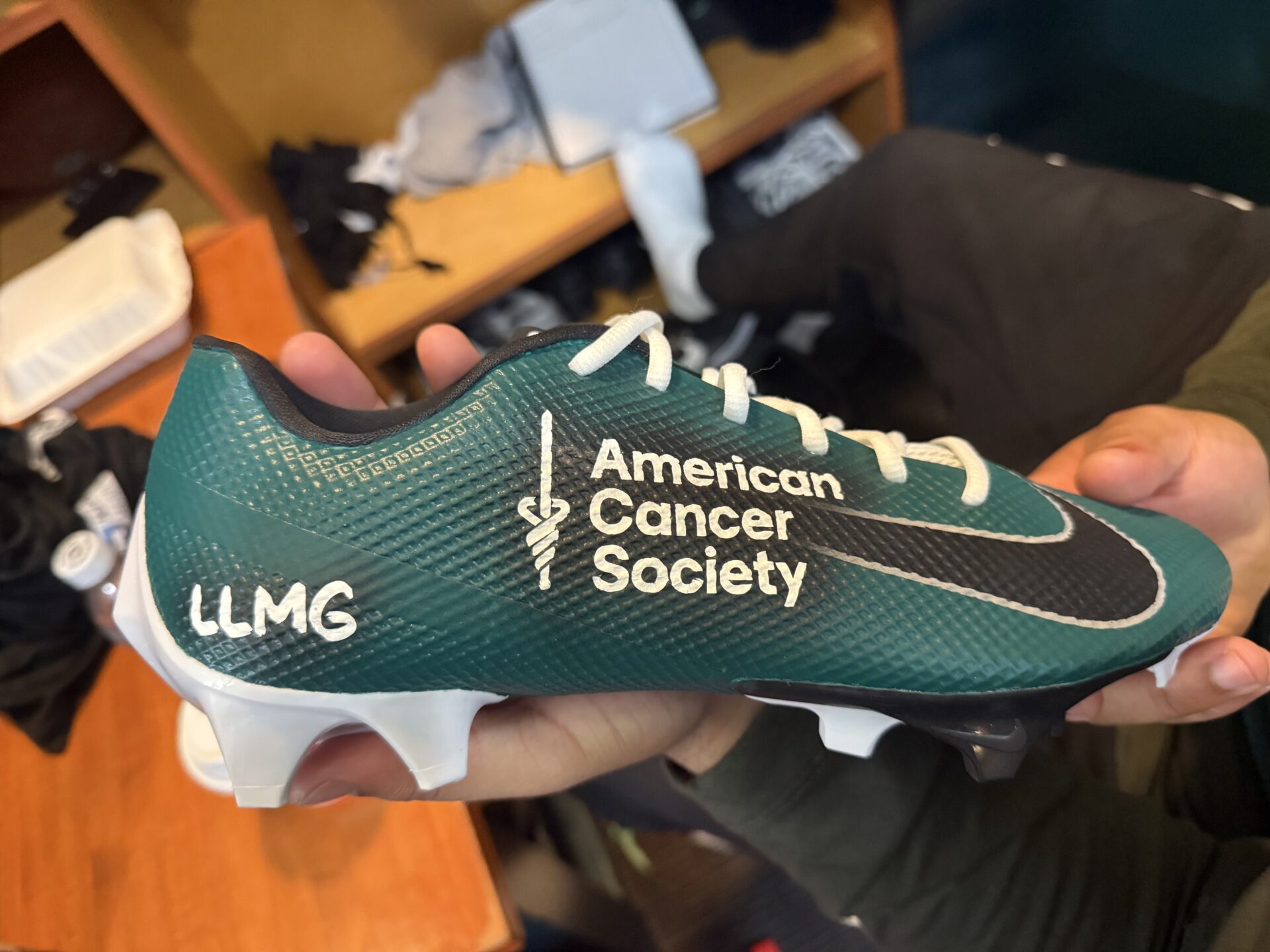
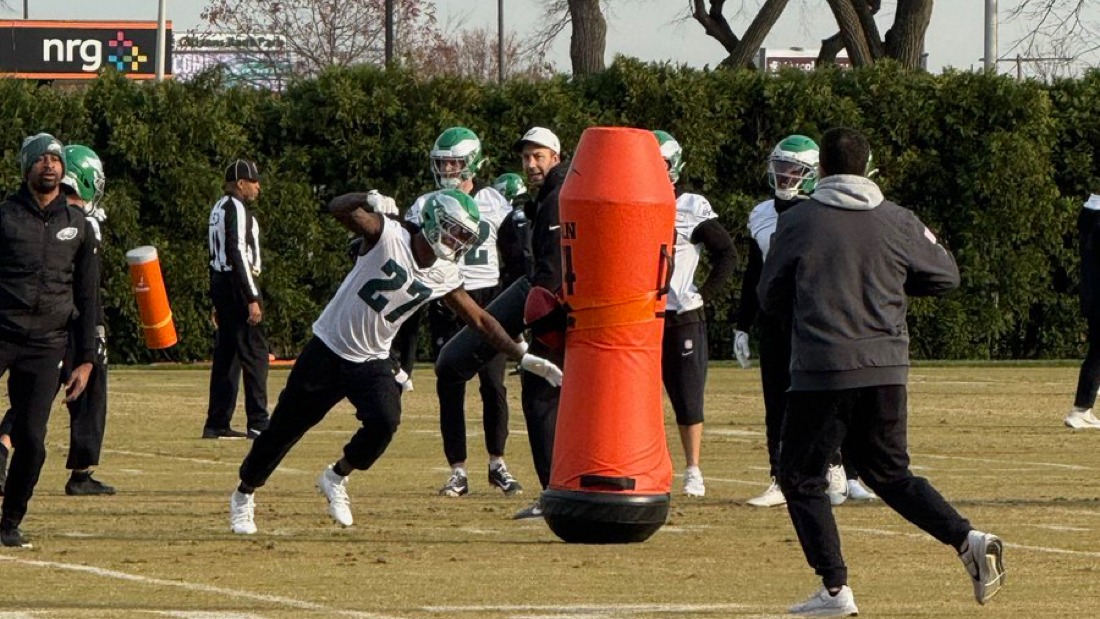
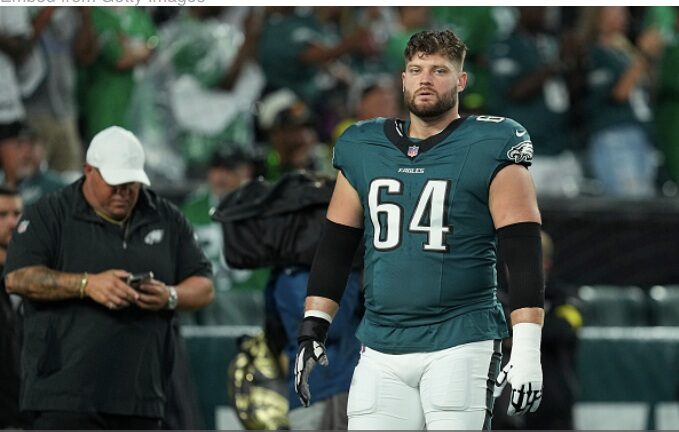
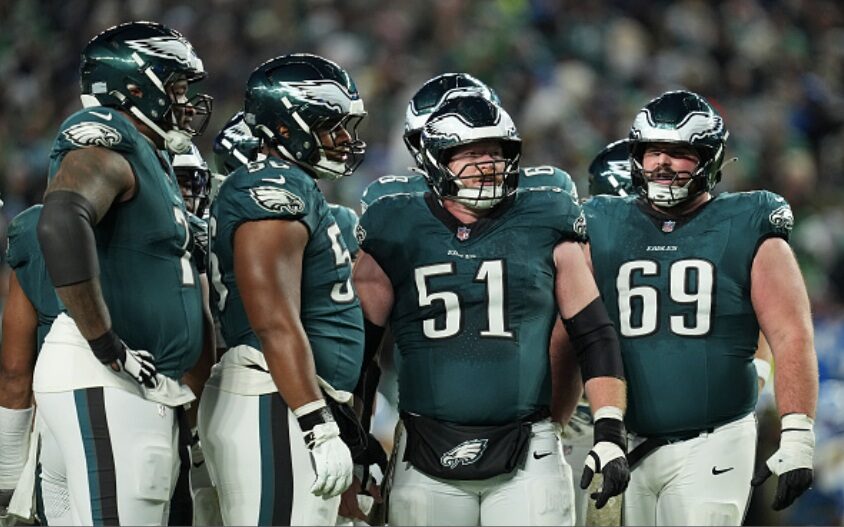
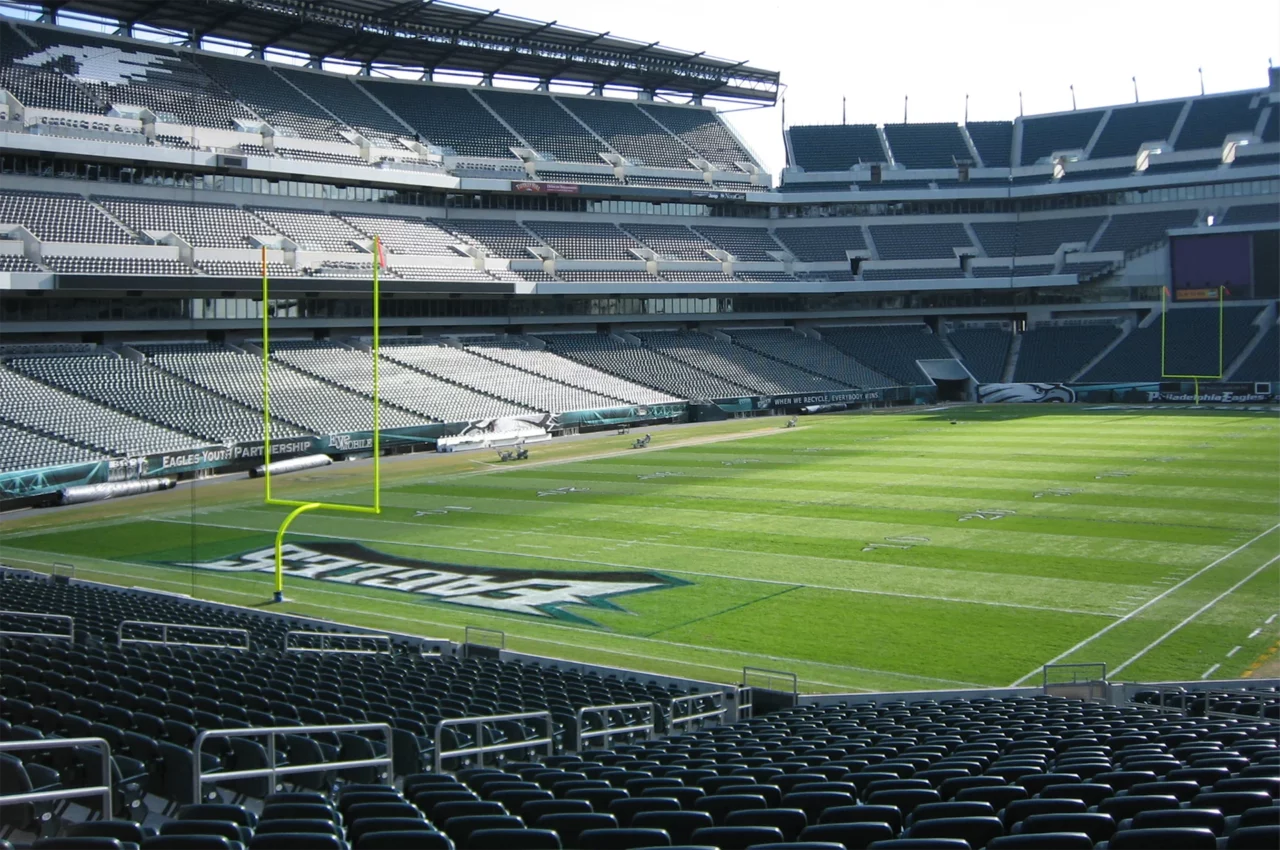
Comments are closed here.